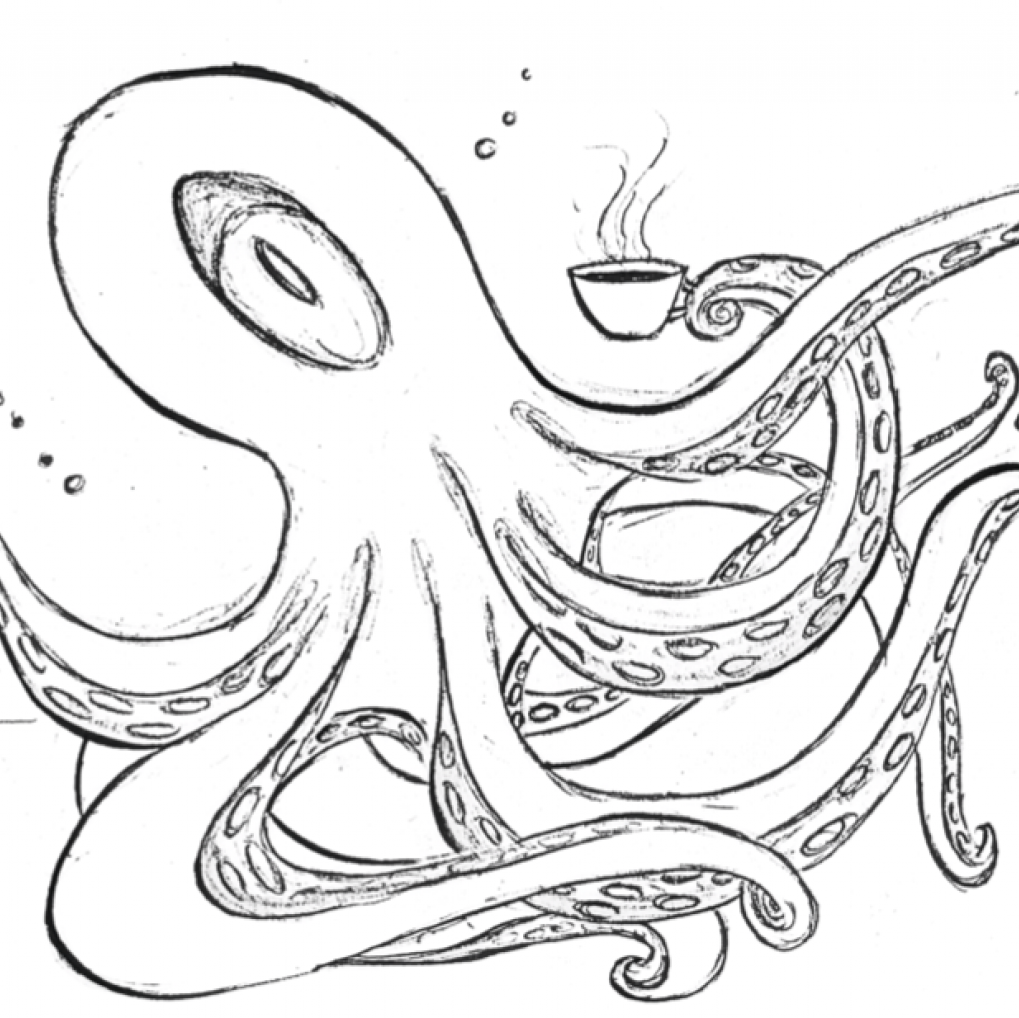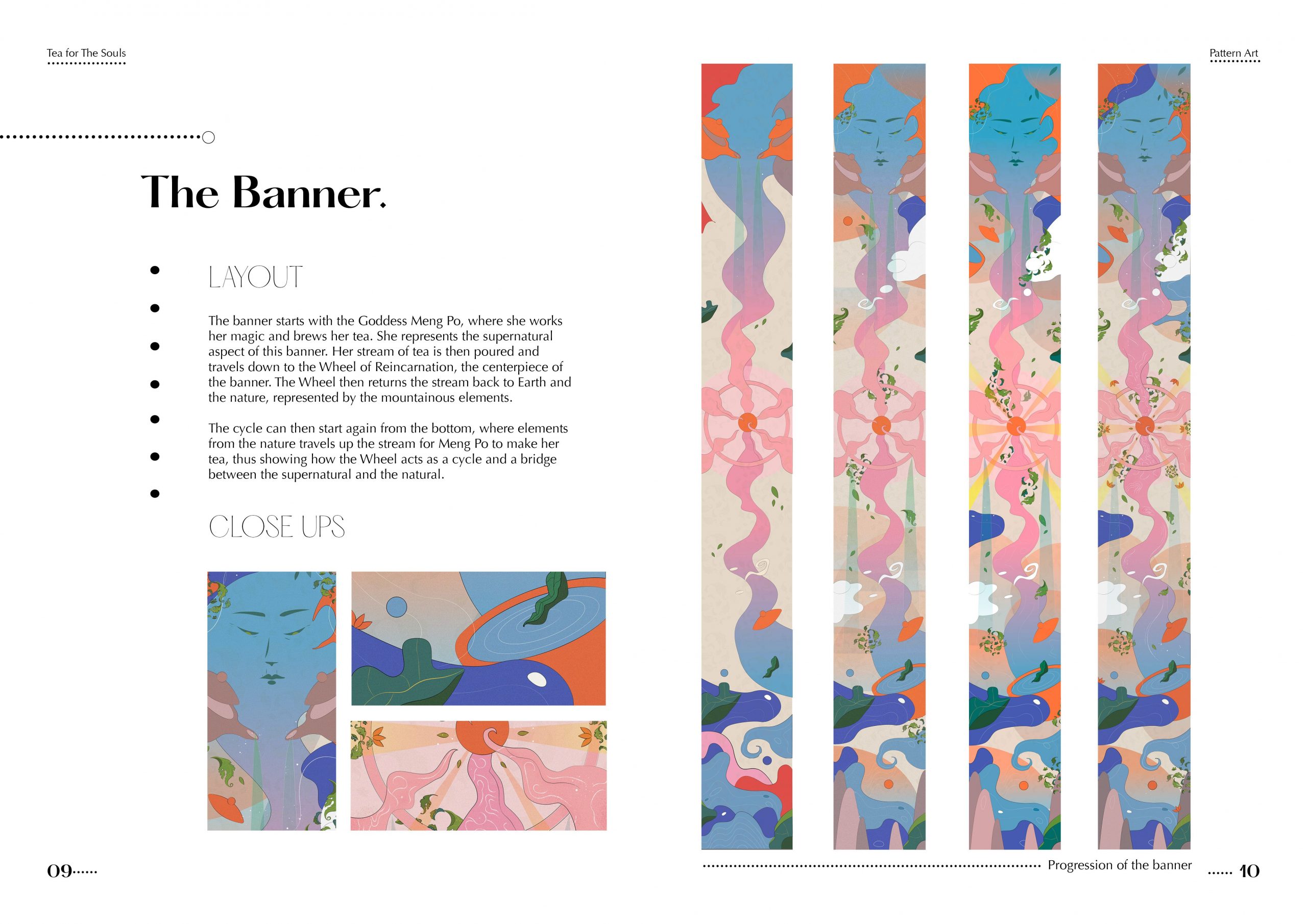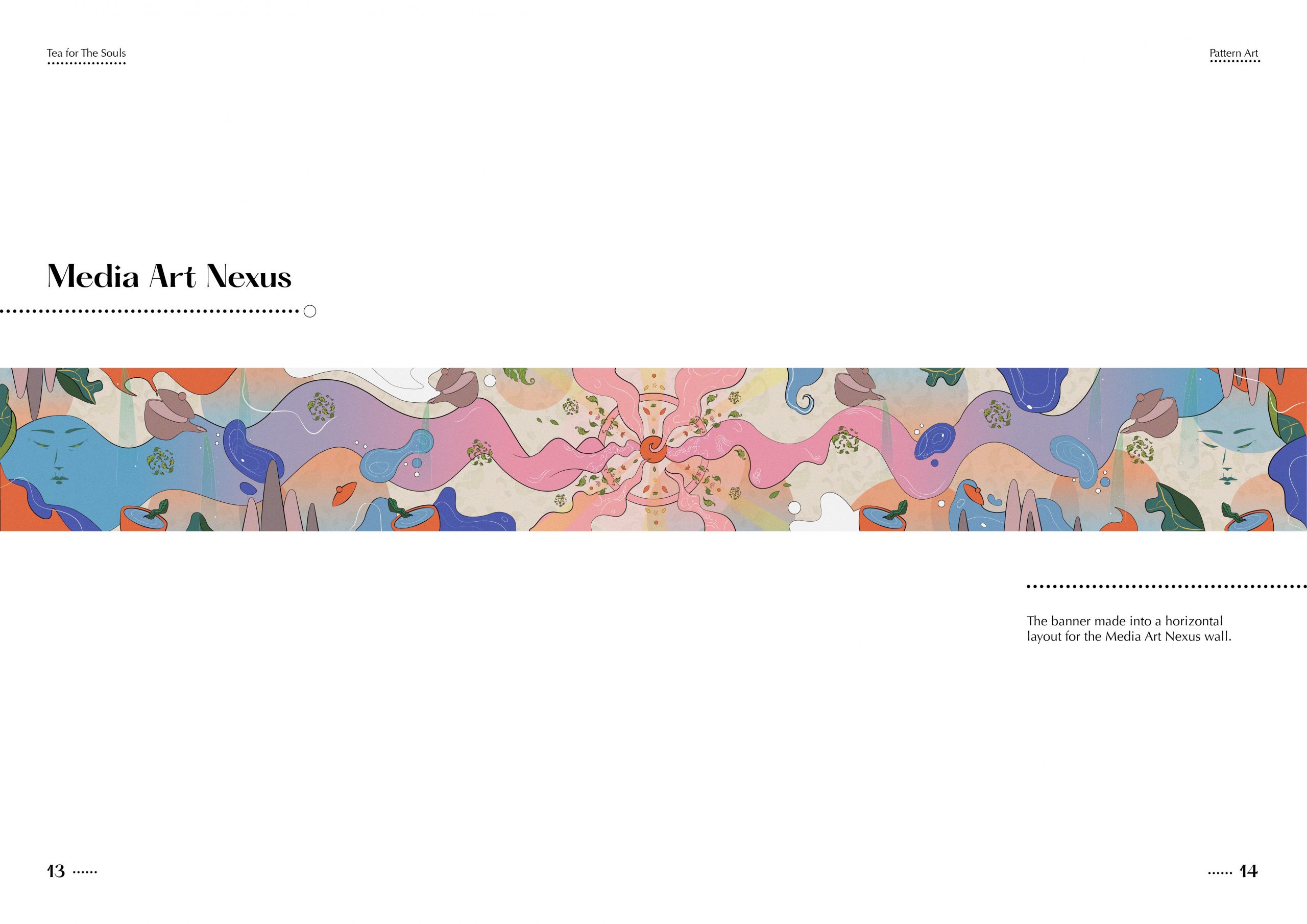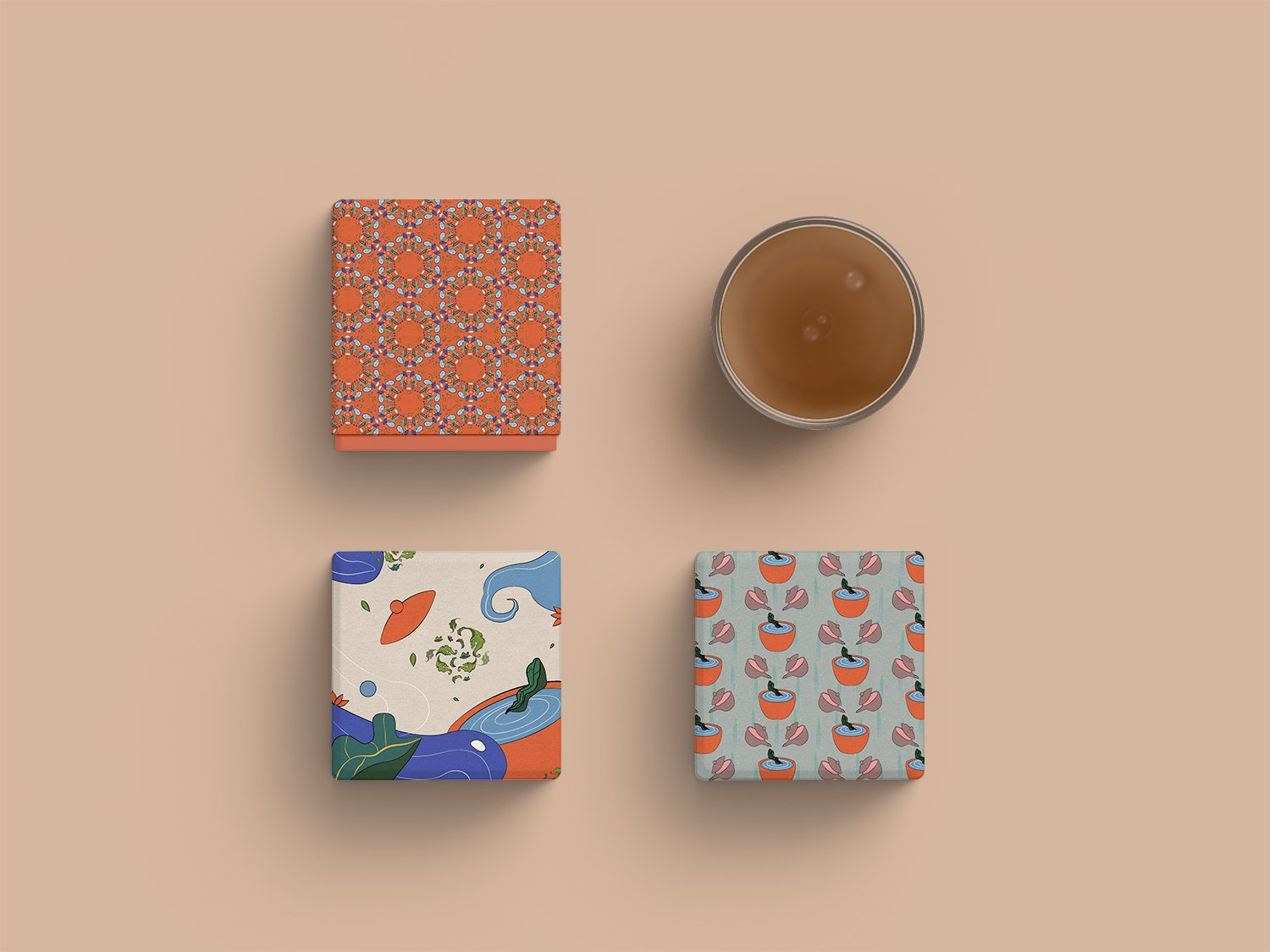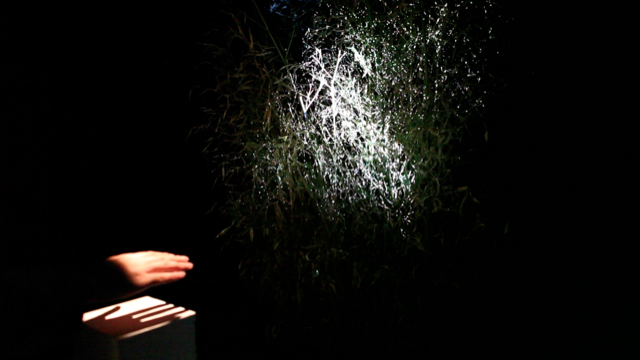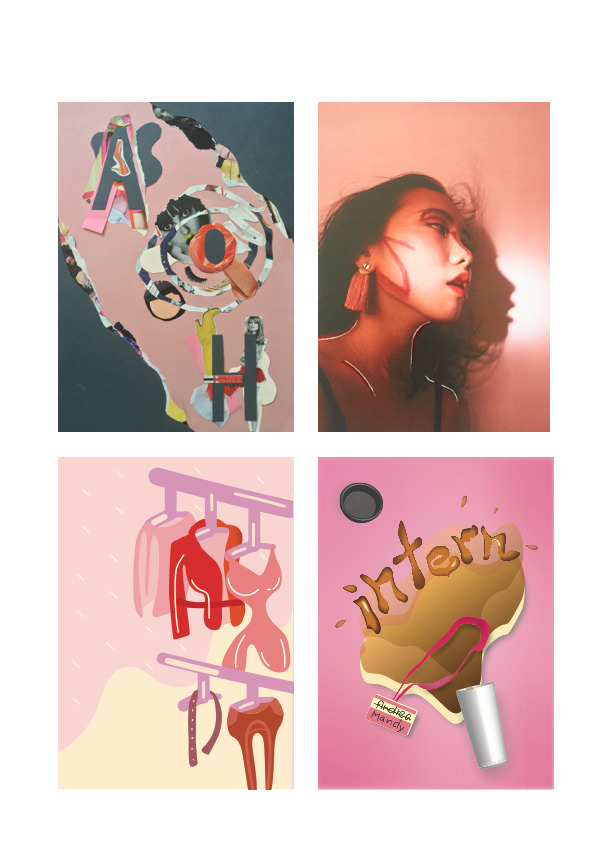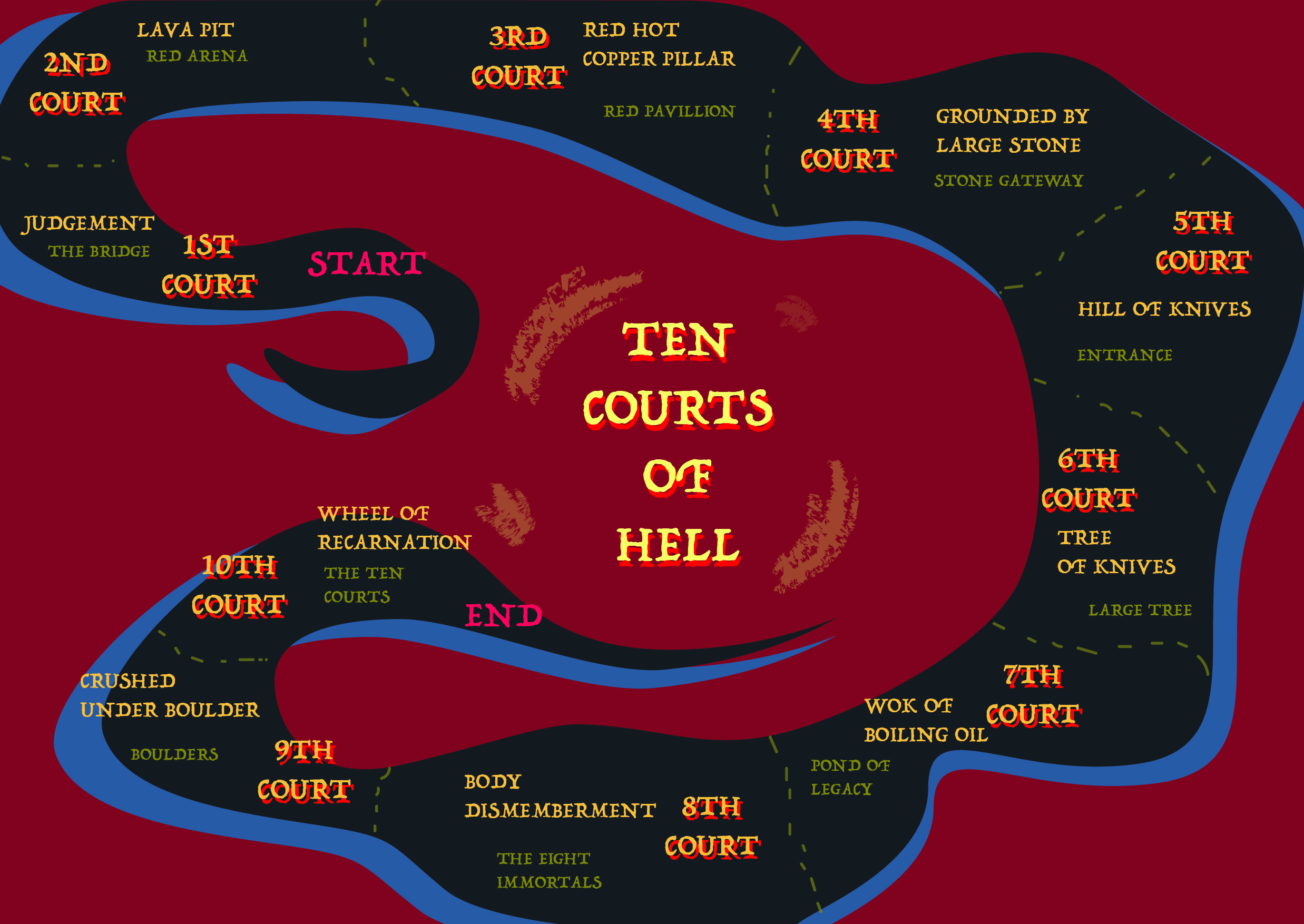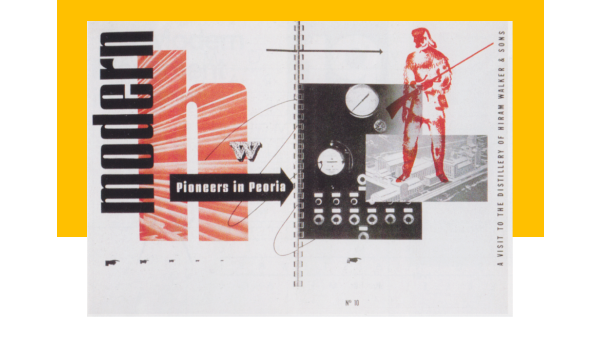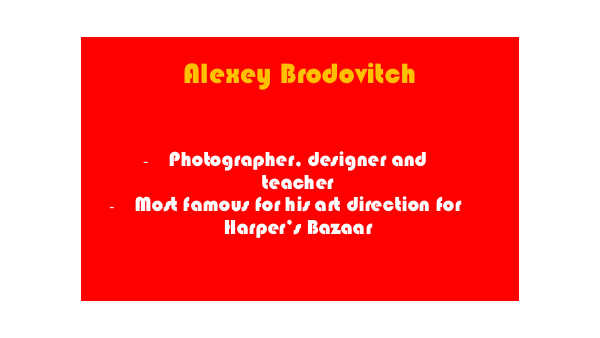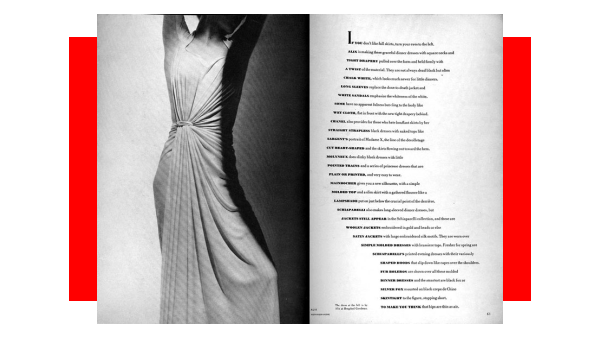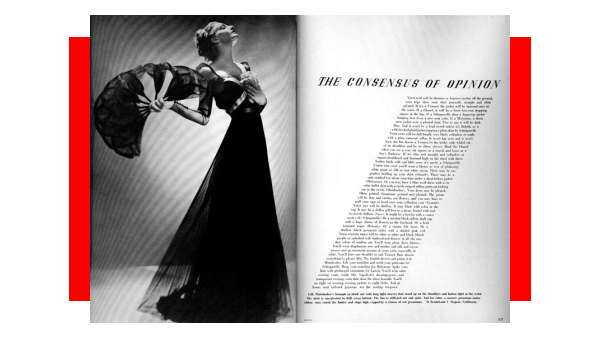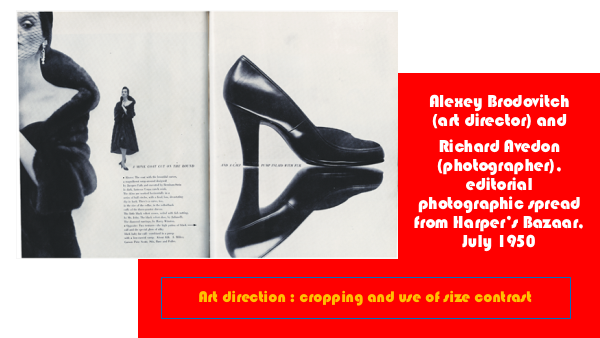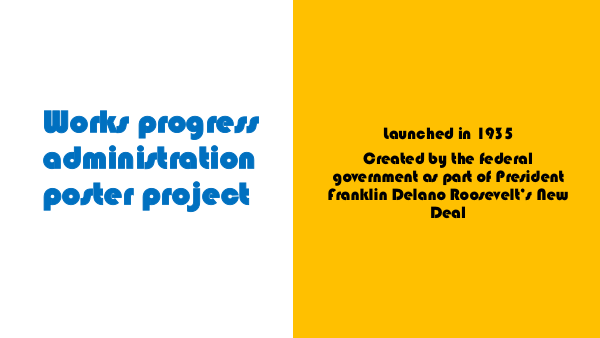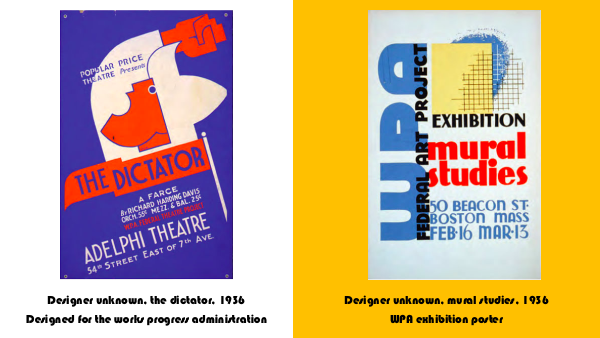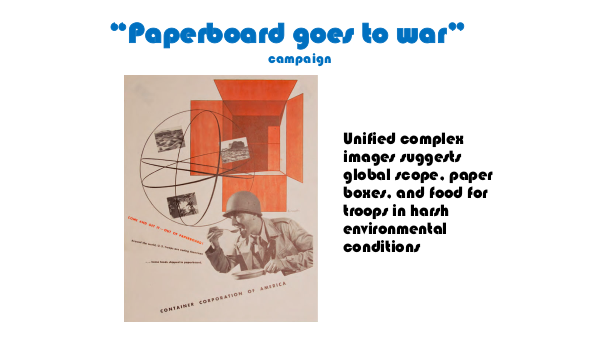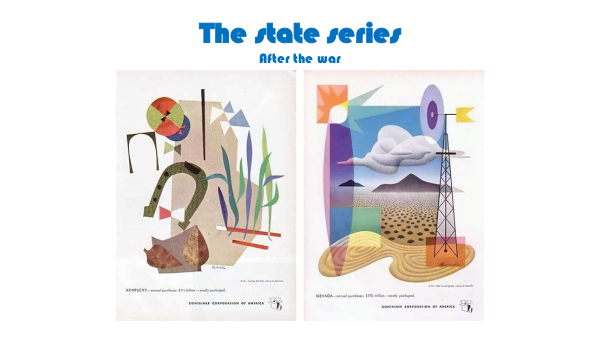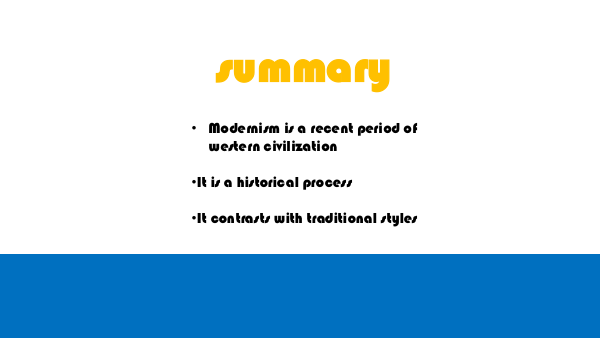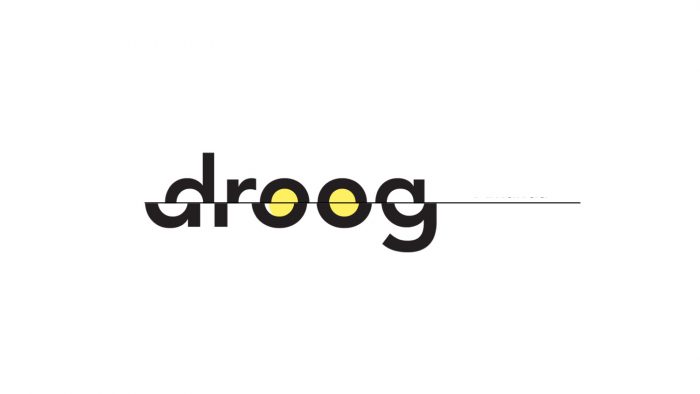
Droog started as an experiment. In April 1993, Dutch design historian, Renny Ramakers and industrial designer, Gijs Bakker presented a collection at the International Furniture Fair in Milan, not knowing how the public would respond to it. A stark contrast from the high-art, sleek furniture displayed, their collection consisted of second-hand objects that were simple and whimsical. They called it ‘Droog Design’, which meant dry in Dutch, signifying its dry-wit. The collection took off and Droog design expanded greatly over the years, now having their own concept company and outlets in Amsterdam.
Droog design began as a social and cultural response to overproduction and consumerism. The design solution that capitalized the industry then was to come up with new products for problems to be easily purchased. Droog design, which holds sustainability as one of its core values, found this to be extremely wasteful. Therefore, their solution was a reorganization of what already exists. To them, it was about recombining, reusing or rethinking ways to further experience products. They took ideas from other styles and movements and mixed it along with their humor to create sustainable ideas that were truly Droog.
In a way, Droog’s ideologies draw a parallel to Postmodernism, a movement which was also a critique of over-consumerism. Wanting to break free from the functional objects of Modernism, Postmodernist products similarly had no definitive style and borrowed ideas from other movements, which they poked fun of using humor and irony.
Another movement which Droog design may share similarities with is Minimalism. Minimalism’s philosophy is to reduce a design to its most essential elements, embodying simplicity and showing materials in its true nature. It plays with the visceral feelings a product can create, evoking a strong sense of emotional experience for the user by utilizing sensory aspects. These are themes that can also be seen in Droog design.
For instance, in Jurgen Bey’s ‘Tree trunk Bench’, the design simply consists of bronze backs of chairs that are integrated into a fallen tree trunk. Placed in parks, this simple yet clever design blends in with the environment, making use of the nature around it to create seats for users. The tree trunk is shown just as it is in its truest form, without any sight of over-design.
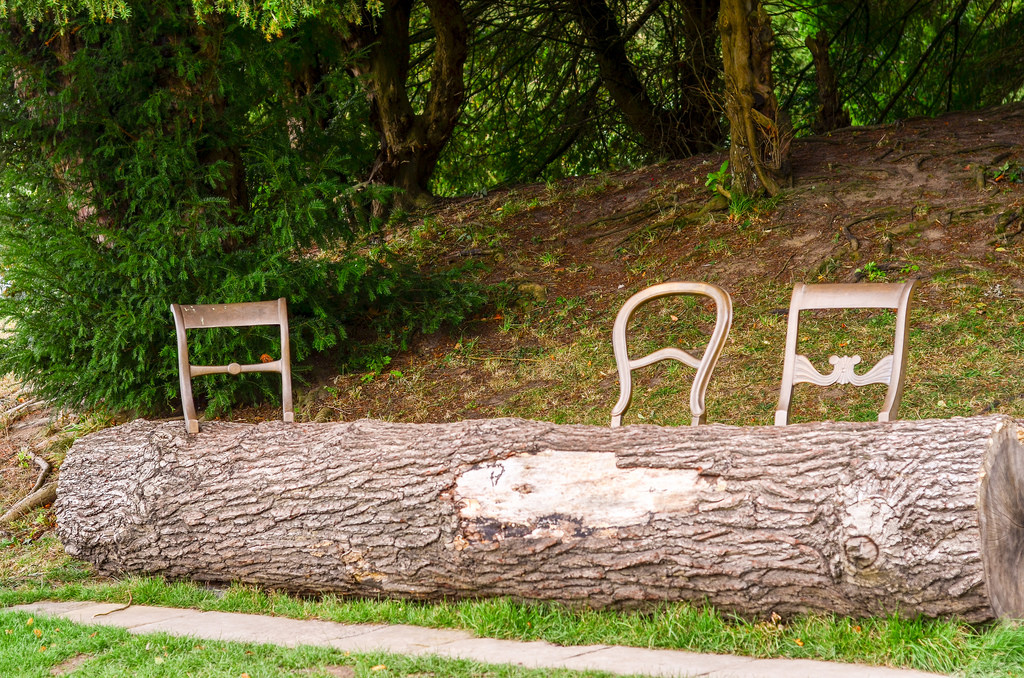
Treetrunk Bench, Jurgen Bey, 1999
Another example to mention is Tejo Remy’s ‘Chest of Drawers’, a set of mismatched second-hand drawers that are given new timber carcasses and then tied together at precarious angles with a strap. In this piece, not only does it show the idea of reusing, it also explores the theme of memory and recollection. Remy himself had called this work, ‘You can’t lay down your memory’. Each drawer is uniquely scavenged and each houses its own individual memory. The visceral phenomena is evident here, from the visual qualities of each drawers-the different colors, the handles, every scratch, down to the scent we get as we open the drawers, all of which help in evoking the feeling of recollection.
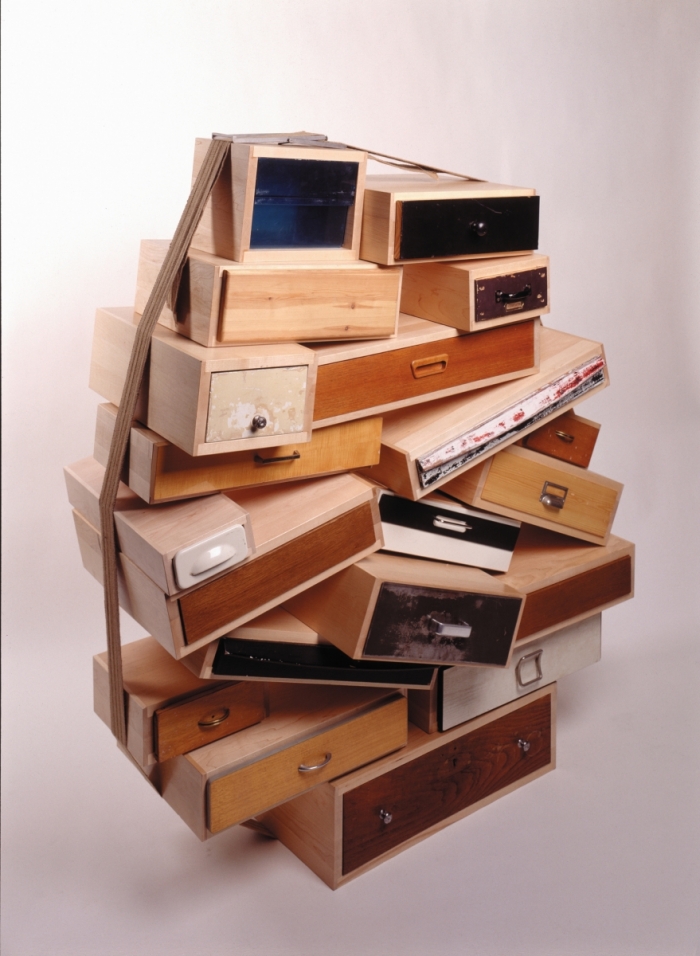
Chest of Drawers, Tejo Remy, 1991
Apart from these features mentioned, there are also other characteristics that Droog embraces. In Simply Droog: 10 + 3 years of creating innovation and discussion, a book originally published by the Droog design firm to accompany their 2004 tour, there are namely ten main themes listed- Use-it-again, Familiar, not so familiar, Open design, Inevitable ornament, Simplicity, Irony, Body language(Tactility), Endless Contamination (Hybridization), Experience and Form follows process. Use-it-again, Irony and Simplicity are themes that were discussed earlier in the essay. As for Familiar, not so familiar, it tells of further exploring everyday objects by giving them a story through design.
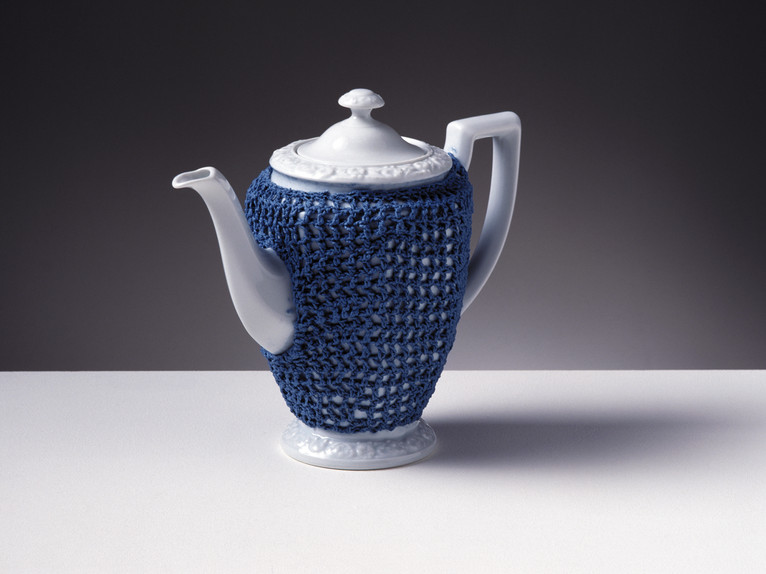
Knitted Maria coffeepot, Gjis Bakker, 1997
In Gijs Bakker’s Knitted Maria, familiarity is explored with the inclusion of a cozy that is integrated in the coffeepot design.
For Open design, it deals with participatory nature; engaging with an audience such that they add onto a product. Inevitable ornament is about allowing decorative elements to cohabit with its functions. Next, Hybridization talks about the fusion of two or more functions or concepts in a single product, helping to save space and material, thus reducing waste. Tactility brings us back to visceral qualities, where it deals with materiality and the sense of touch.
Experience, which Droog design places high emphasis on, is about being able to interact with the product or a product that facilitates interaction with others.
In Nina Farkache’s ‘Come a little bit closer’ bench, it shows how interaction is created as users are able to slide along the bench and meet other people playing with the bench.
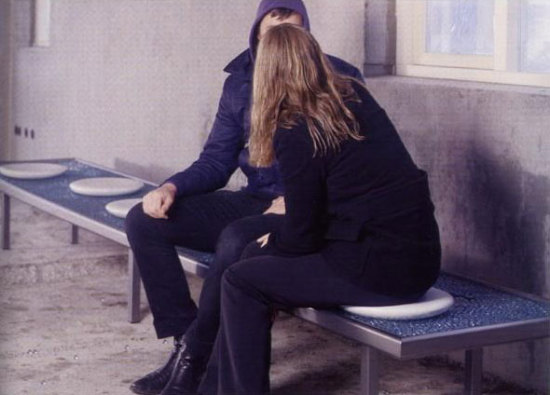
Bench ‘Come a little bit closer’, Nina Farkache, 2001. The seats are discs placed on rolling glass marbles where users can sit on and slide across the bench.
Lastly, there is Form follows process where Droog believes that the process of making a product to be more important than the result. This ideology takes away the control of the designer to create a desired outcome and gives birth to the accidental beauty of unexpected results.
While Droog design may not look like your regular high-end contemporary art, it definitely is eye-catching and thought provoking. Droog offers a fresh new perspective on design ideas, surprising the audience every time with its own witty take on products. It is no wonder that its first collection quickly gained popularity and extended across the world of design. Behind its humor however, there are layers of design thinking involved and deep values that Droog design uphold, thus making it such an influential movement.
Bibliography:
Droog Design(2006) Simply Droog: 10 + 3 Years of Creating Innovation and Discussion, 2nd edn. The Netherlands: Uitgeverij 010 Publishers.
Droog.com (2018) (online) Available at : https://www.droog.com
Studio International (2017) Simply Artful, Simply Functional, Simply Droog (Online) Available at: https://www.studiointernational.com/index.php/simply-artful–simply-functional–simply-droog
The New York Times (2018) Is It Design? Art? Or Just a Dutch Joke? (Online) Available at: https://www.nytimes.com/2006/12/30/arts/design/30droo.html
Metropolis (2018) Modernist Minimalism and Our Relationships with Our Buildings (Online) Available at: https://www.metropolismag.com/architecture/modernist-minimalism-and-our-relationship-with-our-buildings/





